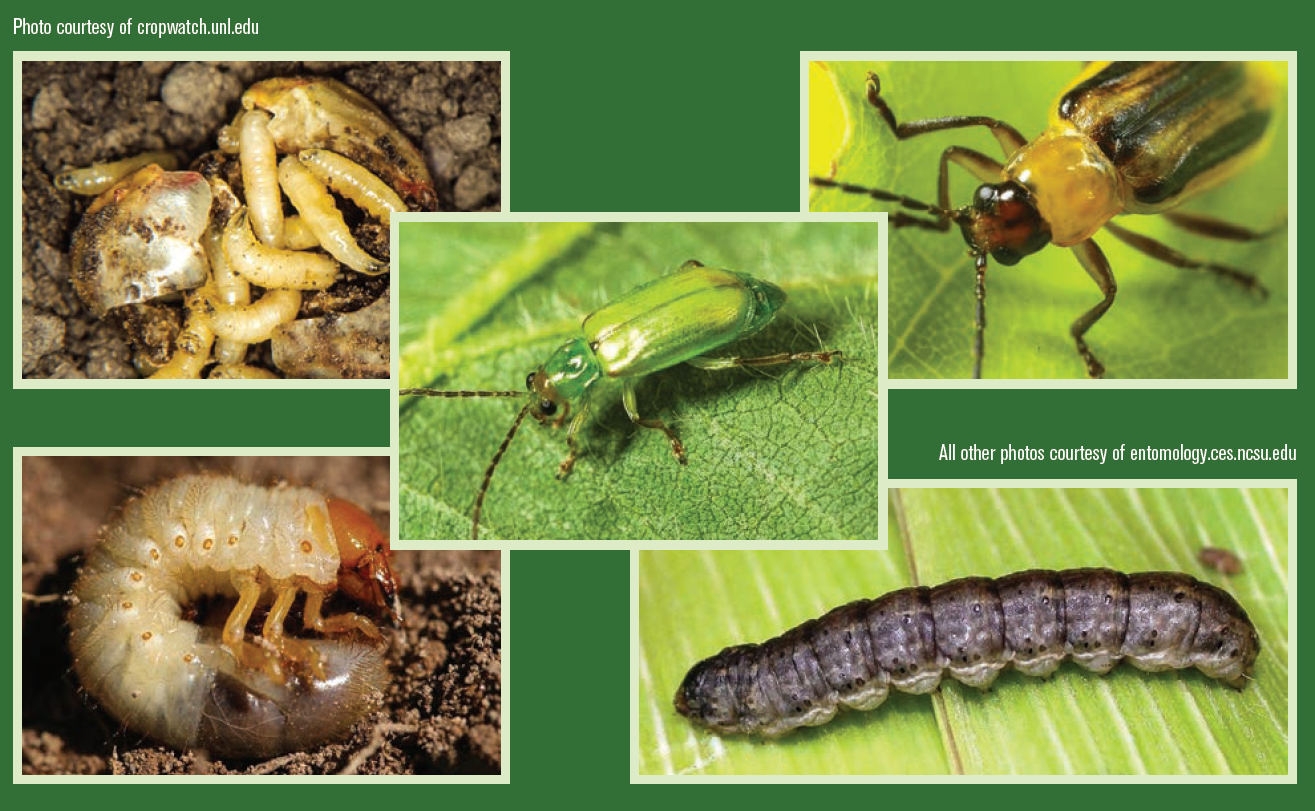Precision Agronomist Phil Long highlights three key windows for feeding corn plants as well as some other factors to consider as corn growth and development progresses this season.
-
Latham Hi‑Tech Seeds
#AskTheAgronomist: Optimal Timing for Side-Dressing Nitrogen

-
Latham Hi‑Tech Seeds
#AskTheAgronomist: Evaluating Frost Damage in Corn and Soybeans
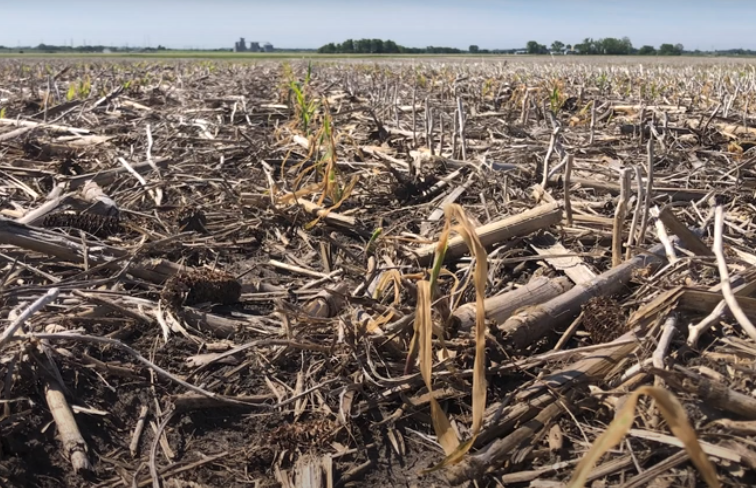
Parts of the upper Midwest experienced below-freezing temperatures during the last few days of May. In this week’s #AskTheAgronomist, Latham Precision Agronomist Phil Long covers how to evaluate frost damage in corn and soybeans.
-
Latham Hi‑Tech Seeds
#AskTheAgronomist: What’s Our Next Move?

-
Latham Hi‑Tech Seeds
#AskTheAgronomist: Uneven Corn Emergence
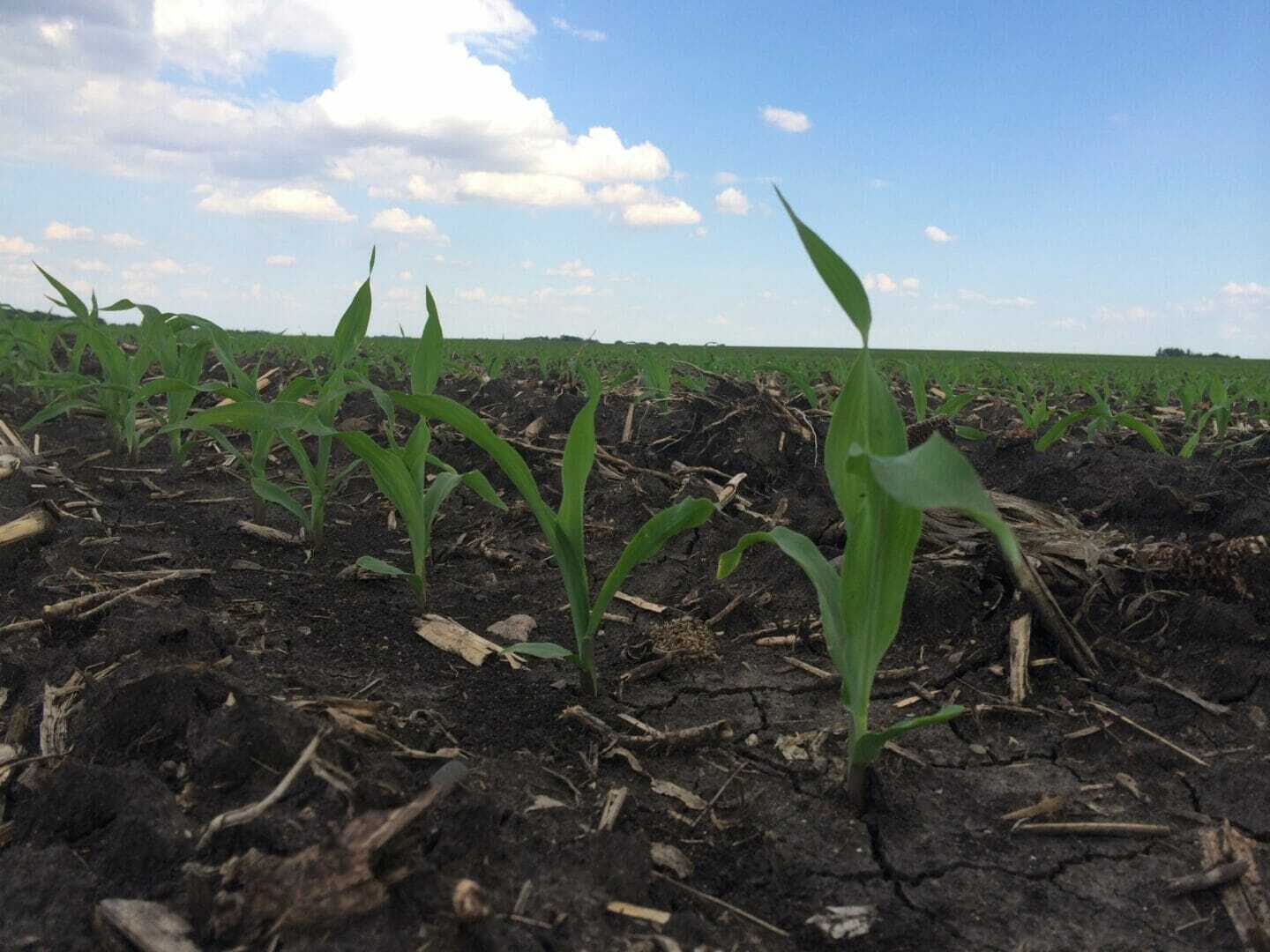
-
Latham Hi‑Tech Seeds
Scout Early for Below-Ground Insects That Damage Corn
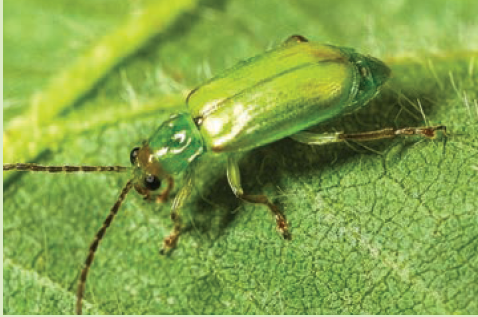
Numerous below-ground insects can damage your corn stand. We will focus on four pests, including where you will likely find them and what management tips could help prevent damage.
Seedcorn Maggots destroy seeds before germination. This can occur when soils are cold and germination conditions are less than ideal. Most damage occurs in high organic regions of fields, especially areas with heavy manure applications. The best time to scout is from planting to VE. Dig up seed in areas with damage to check for insect feeding. Note problem areas, and consider additional soil-applied insecticides in those areas in the future.
Scout for White Grubs prior to planting. High-risk fields include those that have been in pasture one or two years previously or where willow or cottonwood trees are growing adjacent to the field. Most of Latham’s seed treatments control this insect unless infestations are high enough to overwhelm the seed treatment. In areas with that potential, consider soil-applied insecticides.
Shortly after eggs hatch in May and June, Northern Corn Rootworm and Western Corn Rootworm larvae begin feeding on root hairs and tunnel inside roots. As they develop, larvae begin feeding on larger root tips. Extensive feeding can eliminate entire nodes of roots. In fields with known beetle history, use Latham® hybrids that contain SmartStax® or Agrisure Duracade® technology. In fields with heavy pressure, use a soil-applied insecticide in addition to a traited hybrid.
Black Cutworm most commonly occur in low or poorly drained areas of fields. Latham brand SmartStax hybrids contain the Cry1F Bt protein that can control most problems of cutworm infestations. Our new hybrids for 2022 planting with the Trecepta® and 5222 Duracade traits contain the Vip3A Bt protein that also offers great control.
Your Latham Dealer has the tools you need to effectively control these pests. As you scout fields and find pests, note those areas. Then ask your local seed dealer to help you build a plan that incorporates the Latham hybrids that can offer you the best protection.
-
Latham Hi‑Tech Seeds
Spring Planting: Get it Right From the Start
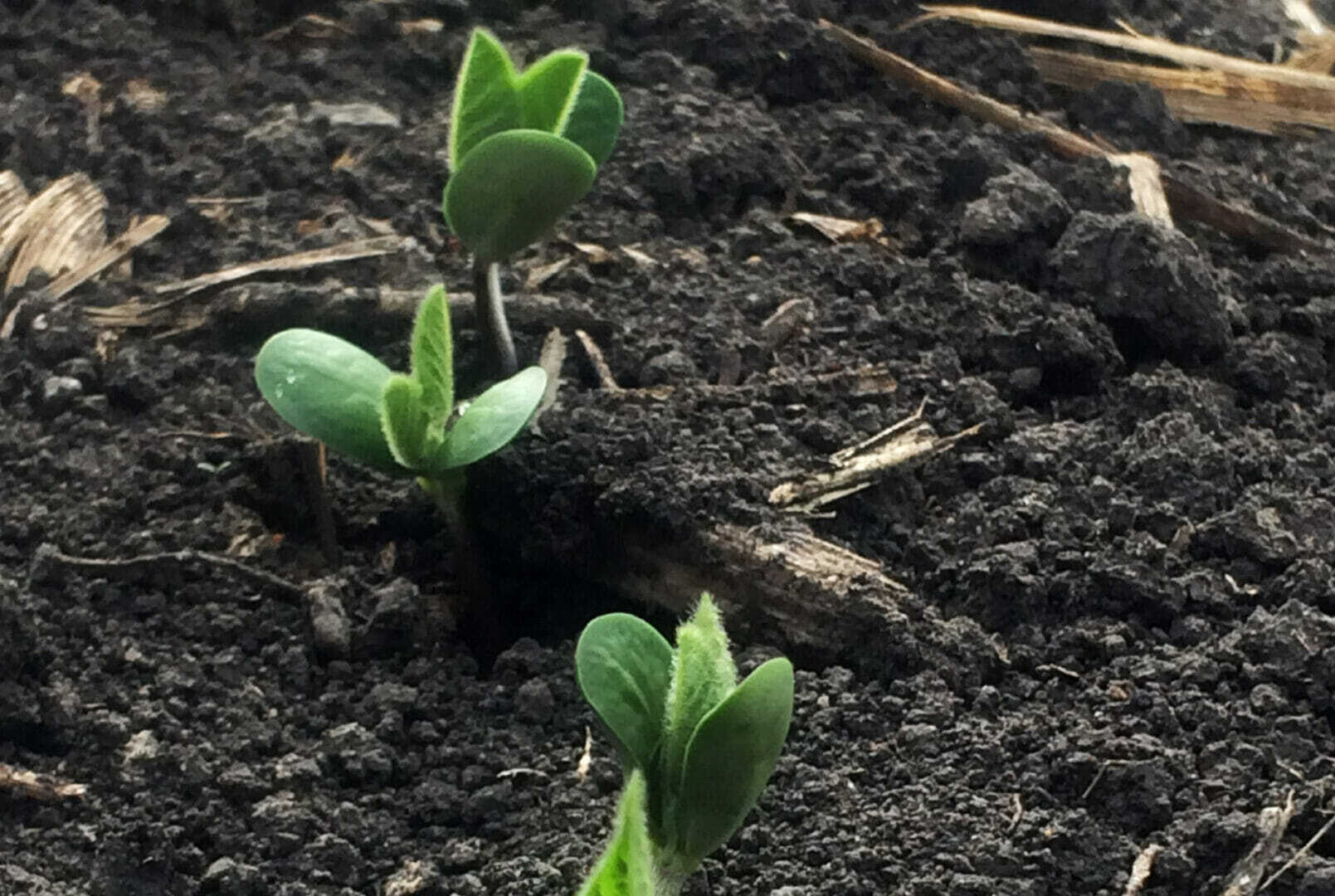
“In farming, you only get one chance every year, so it’s worth it to do it right the first time.”
That statement is so very true. Below are a few things to keep in mind to optimize your corn and soybeans yields:
 Soil Moisture. Working ground when it is too wet leads to slabbing and clodding of the soil, so areas within fields dry at different rates. A kernel of corn imbibes, or takes in, about 30% of its weight in water during germination. When kernels in a row are exposed to varying amounts of soil moisture, their germination rates and emergence will vary from plant to plant. The result is uneven emergence, poor early growth and potentially severe stand loss. Soybeans need more water at germination, taking in about 50% of seed weight on average. As with corn, good seed-to-soil contact is critical, so avoid cloddy conditions.
Soil Moisture. Working ground when it is too wet leads to slabbing and clodding of the soil, so areas within fields dry at different rates. A kernel of corn imbibes, or takes in, about 30% of its weight in water during germination. When kernels in a row are exposed to varying amounts of soil moisture, their germination rates and emergence will vary from plant to plant. The result is uneven emergence, poor early growth and potentially severe stand loss. Soybeans need more water at germination, taking in about 50% of seed weight on average. As with corn, good seed-to-soil contact is critical, so avoid cloddy conditions.Soil Temperature. Corn germinates best when soil temperature is close to 50° F. Approximately 120 growing degree units (GDU’s) are required for corn to emerge. During periods of cool temperatures, it can take several days to achieve those GDU’s. Once a corn seed germinates, it can exist for about 14 days on the energy that is contained in the endosperm. Under ideal conditions, the seed will emerge and develop a root system in much less than 14 days. Most researchers agree that soybeans emerge best when the soil temp is 55° F or warmer. Avoid planting soybeans if the temperature is below 55° and a cold rain/weather event is expected within 24 hours after planting.
Planting depth: Soybeans respond best when planted at 1¼ to 1½ inches deep and should never be planted deeper than 2 inches! Remember, a soybean seedling must push that cotyledon through the soil as it emerges. The soybean seedling requires much more energy than a corn seedling with its narrow coleoptile (shoot). Target depth when planting corn is 2.5 inches. Planting corn shallow is as bad as planting soybeans too deep because nodal roots will not develop properly and “Rootless Corn Syndrome” may result.
Soybean inoculant: Old-timers say if soybeans have been planted in a field within the past four to five years, then an inoculant is not necessary. However, recent studies and more advanced inoculant formulations show otherwise. Using inoculants in light, sandy soils, as well as weather-stressed (flood, drought, etc.) fields have shown increased plant health and improvements in overall yield. Consider running side-by-side trials on your farm to see if inoculants will work for you.
Problems like sidewall compaction, surface crusting, herbicide injury, seedling insects and seedling diseases can all lead to delayed plant and root development. These, and many others, can all cause uneven emergence and poor stands in corn and soybean. That’s why it’s important to control what you can to set up your crops for success!
Stay safe this planting season. Did you enjoy this article? We want to (TECH)talk with you! Sign up for our newsletter to receive agronomy videos, articles (and delicious recipes) in your inbox! We’ll TALK soon.
-
Latham Hi‑Tech Seeds
#AsktheAgronomist: How To Reach 100% of Your Yield Potential
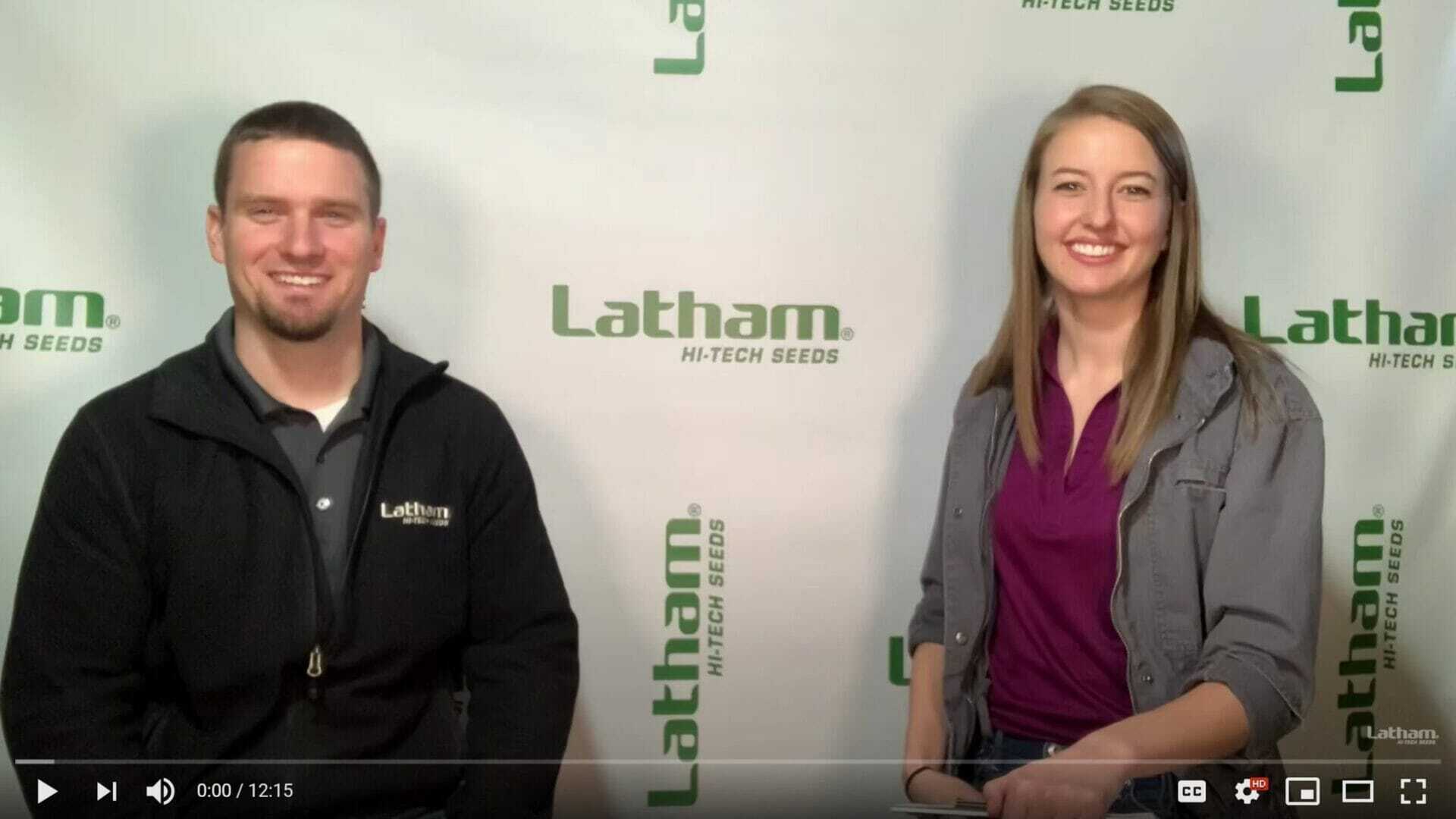
Join us on April 1 at 8 AM as we discuss how to reach 100% of your yield potential. Phil Long shares a study across high yield results and finds 5 common denominators.
-
Latham Hi‑Tech Seeds
Product Placement is Key to Success
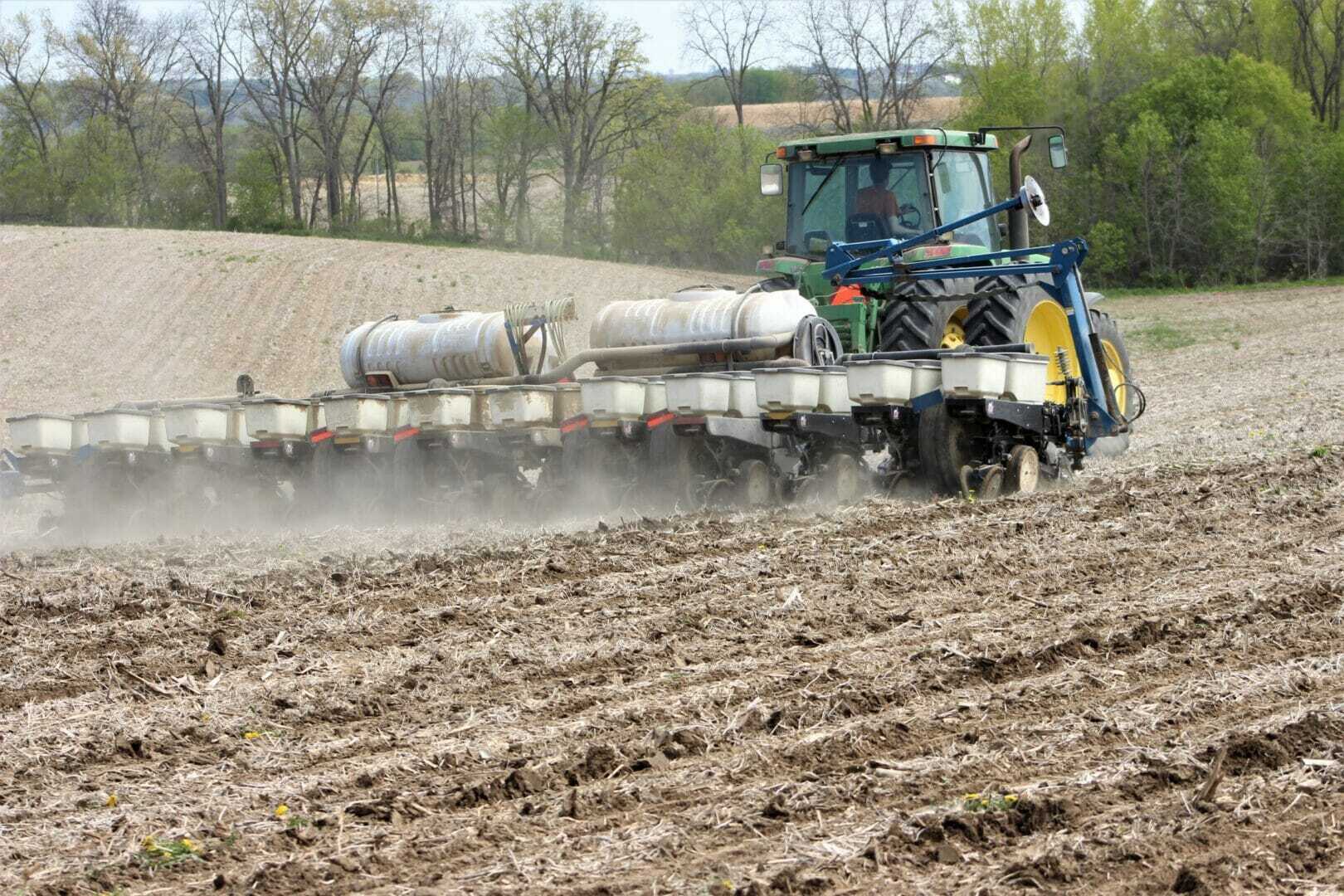
Planting a product in the field it was chosen for creates the greatest success.
We spend a lot of time at Latham Hi‑Tech Seeds working with our dealers and customers on the proper placement of our products in their fields. The suggestions we offer in our product guide and tech sheets provide a great amount of detail. In addition, our product team members offer face-to-face support for these recommendations while giving tours to dealers and customers throughout the season.
A Field x Field™ recommendation for your farm creates optimum performance opportunities for the Latham® products you purchased. Our Field x Field guide can either be a paper document provided by your dealer or an electronic version inside your Data ForwardSM App that your dealer or one of our precision agronomists helped you design.
Now that you have this detailed plan, what steps can you take to implement it accurately? Here are a few suggestions to help execute your plan:
- Review your plan and be sure it matches each field.
- Did you add a field that needs seed? If so, contact your Latham dealer to get a plan for that field and seed ordered.
- Take delivery of your seed early. Document that you have all the products and correct volume of each to match your plan for each field.
- Sort your seed purchases by field.
- Label where you plan to plant the seed, the seeding rate and suggested timing.
Before planting starts, gather everyone on your team who helps with planting. Review the crop plan with them. Be sure everyone understands the importance of planting each product in the correct field.
Following the steps listed above will help ensure the time spent building your crop plan with your Latham dealer or RSM was time well spent. A well-executed plan can add value to your operation in 2021.
-
Latham Hi‑Tech Seeds
#AsktheAgronomist: Prep for a Dry Spring Part 2
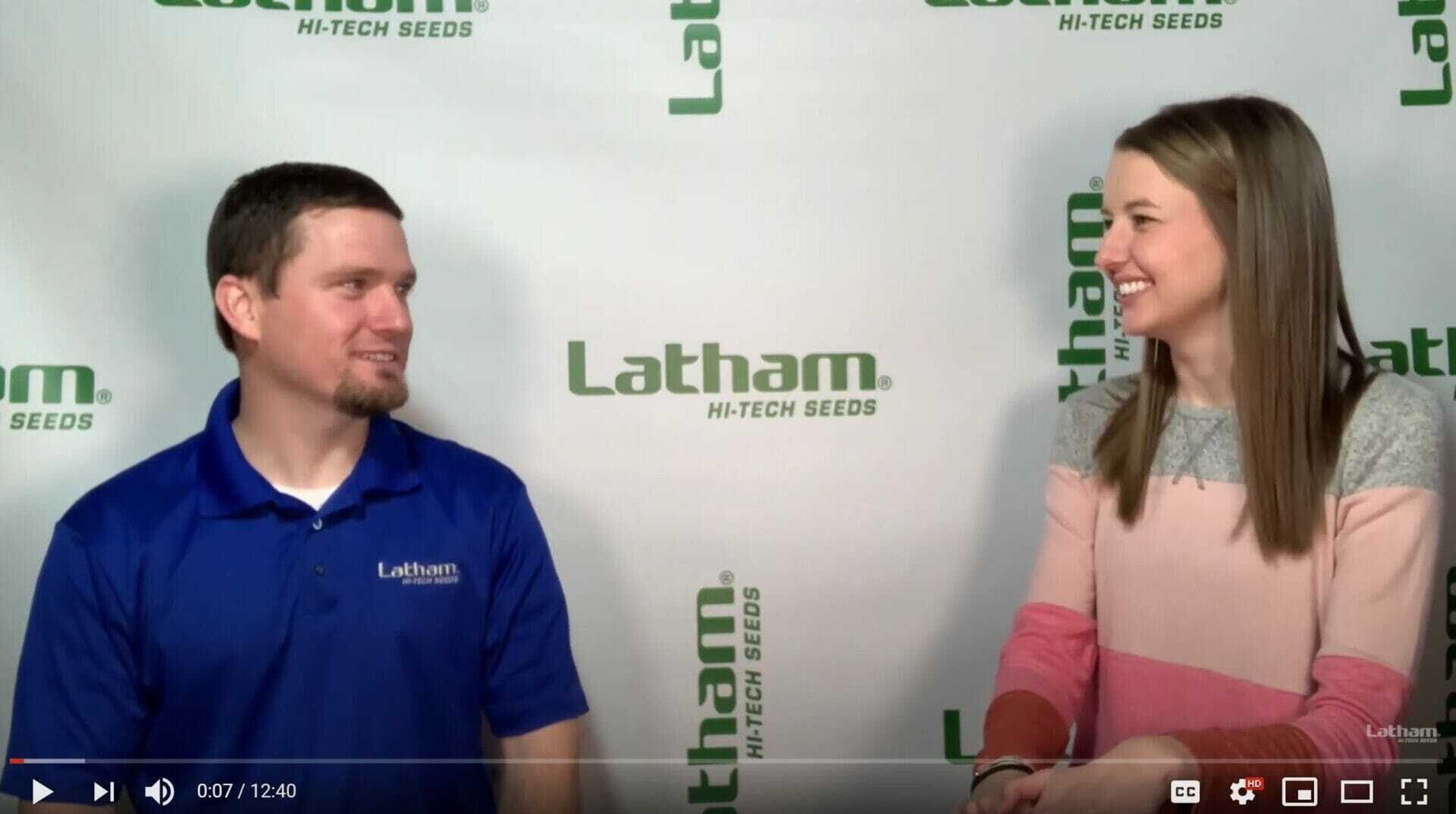
Join us as we discuss part 2 of how to plan for a dry spring! Phil Long will expand on the topics of herbicide effectiveness and in-furrow applications.
:30 – Topic introduction
:55 – Herbicide effectiveness
6:00 – In-furrow applications
10:00 – In-furrow application placement
12:10 – Final thoughts
-
Latham Hi‑Tech Seeds
Ask The Agronomist: Plan for a Dry Spring Part 1
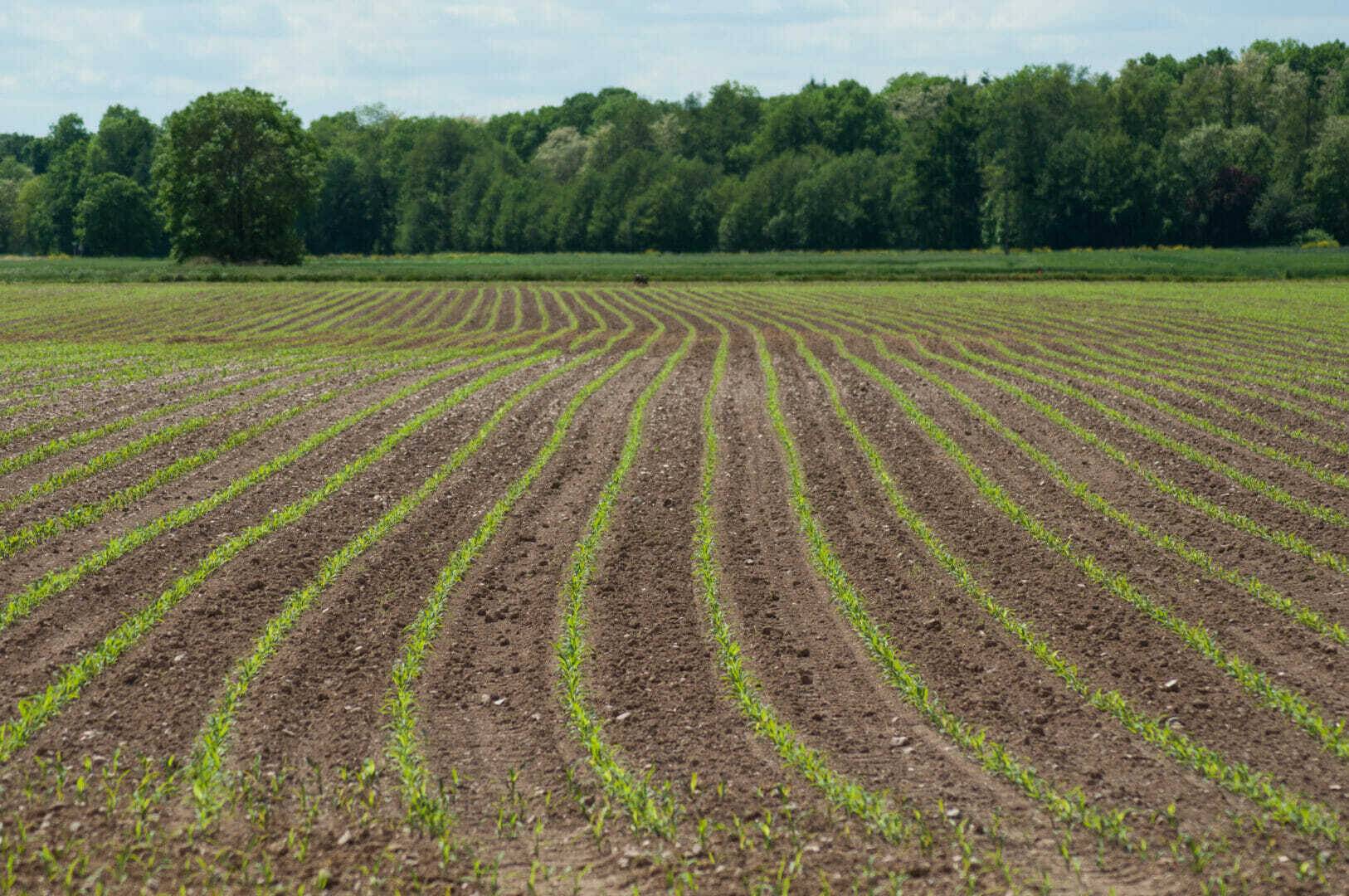 Join us for Part 1 of our spring planting discussion. Phil Long discusses two factors to consider as we head into a dry spring. #AsktheAgronomist #LathamSeeds:25 – Topic introduction1:10 – Tillage practices4:15 – Row cleaner recommendations6:00 – Nitrogen Applications11:15 – Final thoughts
Join us for Part 1 of our spring planting discussion. Phil Long discusses two factors to consider as we head into a dry spring. #AsktheAgronomist #LathamSeeds:25 – Topic introduction1:10 – Tillage practices4:15 – Row cleaner recommendations6:00 – Nitrogen Applications11:15 – Final thoughts
